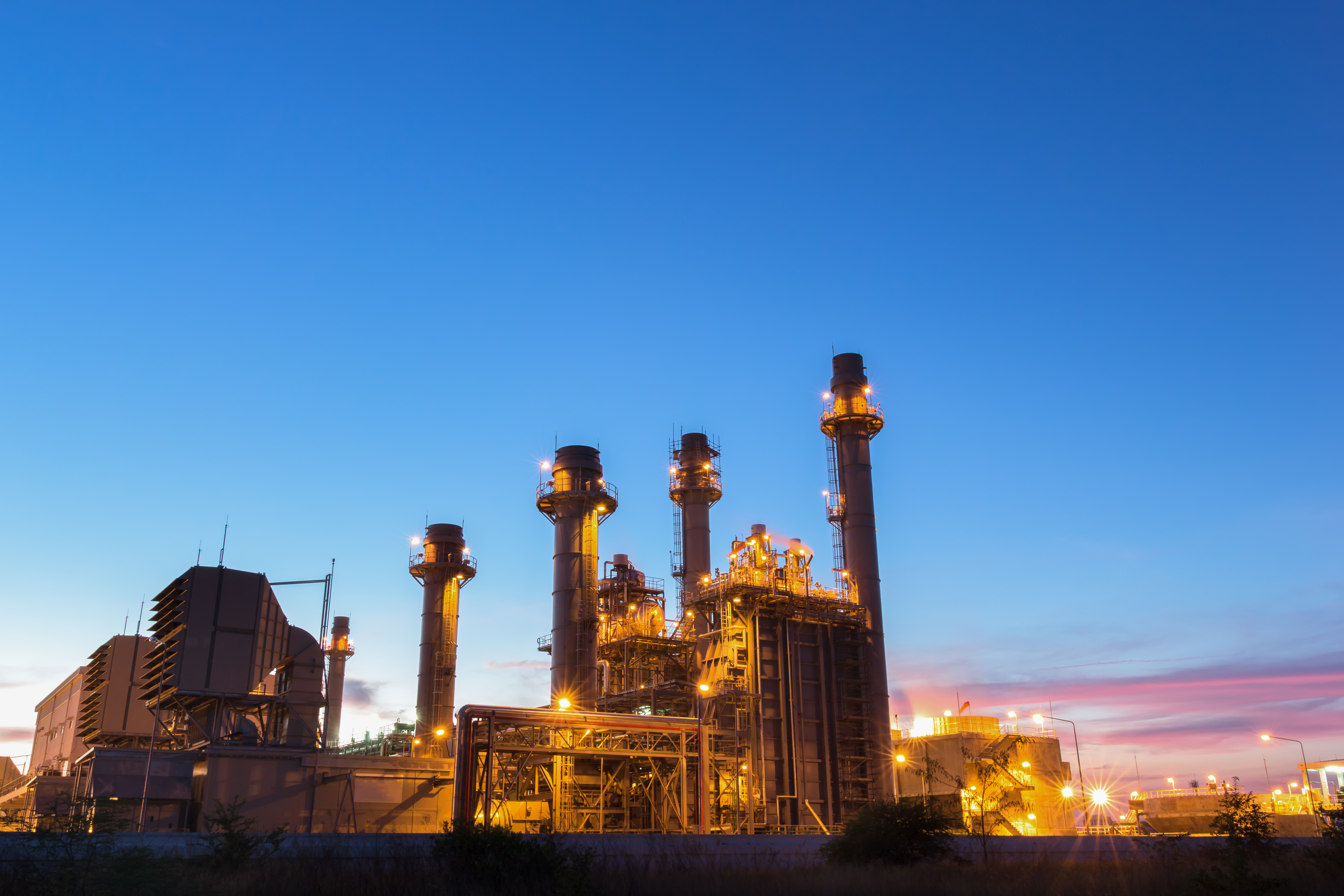This blog continues from last week’s series. Hydrogen Working Group of European Turbine Network (ETN Global) recently published a new report entitled “ETN Hydrogen Gas Turbines – The Path Towards a Zero-Carbon Gas Turbine.” The main objectives of this report is to highlight potential benefits and challenges on the hydrogen uses in gas turbines. The report also assesses pre-conditions to the implementation of a hydrogen power plant, requirements for retrofit of existing gas turbines, and current capabilities of gas turbines burning hydrogen. Continue from the last week, we will take a deep dive into each of the following chapters:
01. Advantages of Hydrogen Gas Turbines
02. Pre-Conditions of a Hydrogen Power Plant
03. Hydrogen Combustion
04. Retrofit of Existing Gas Turbines
05. Current Capabilities of Gas Turbines Burning Hydrogen
02. Preconditions of a Hydrogen Power Plant
ETN describes the current technology pathways for hydrogen production, storage, and transport and highlights the importance of stability of supply as hydrogen availability on site is an essential precondition for its use as fuel in power generation.
Hydrogen Production
Hydrogen production is the first fundamental precondition of a hydrogen power plant, and four decarbonized hydrogen production paths are identified here:
-
Water electrolysis
-
Natural gas reformation
-
Solid fuel gasification
-
Biomass transformation
An essential precondition for using hydrogen as fuel in power generation is based on its availability at site, considering transportation and storage solutions. Water electrolysis and reforming of hydrocarbons are currently the main state-of-the-art technologies to produce hydrogen. Nowadays it is not economically and technically feasible to produce a large amount of hydrogen via electrolysis. Nonetheless, reforming of hydrocarbons could be used to start the implementation of a hydrogen-based energy infrastructure.
Hydrogen Storage and Transport
Storage and transport will be crucial for the deployment of hydrogen in the future energy system. Technological solutions are closely connected to the physical state of the hydrogen and/or if it is in its pure form or bound to other molecules. These different states are described as the following:
-
Compressed hydrogen in gaseous state: transported via pipelines for a large-scale application is assumed to be the most efficient option
-
Liquified hydrogen: Hydrogen turns into a liquid when it is cooled to a temperature below -252.87˚C at atmospheric pressure, which requires sophisticated insulated vessels
-
Ammonia: Storage and transport of hydrogen in the form of ammonia
-
Liquid organic hydrogen carriers (LOHC)
Stability of Hydrogen Supply
The increasing share of fluctuating renewable electricity and the mismatch of production and demand profiles require energy to be stored in form of fuel.
Plant Installation and Commissioning, Plant Standards and Norms
There are no routines or standards exist for hydrogen plant installation and commissioning, which would include production, storage and power generation. One of the challenges is therefore to transfer and integrate the existing know-how of other industries to the power generation sector and, if necessary, adjust them to cover power plant specific conditions.
Section summaries are adopted from ETN’s full report on Hydrogen Gas Turbines. This report can be found in Here.


